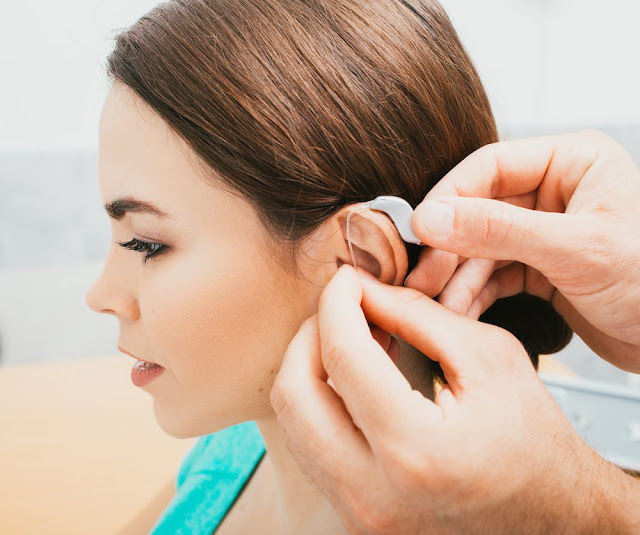Hearing Aids The Transforming Recreation Of Sound
 |
Hearing Aids |
Hearing Aids are sophisticated devices designed to improve the quality of life for individuals with hearing loss. They are small electronic devices that amplify sound, making it easier for people with hearing impairments to hear and understand speech, music, and other sounds. With advancements in technology, modern hearing aids have become more discreet, comfortable, and effective in addressing various types and degrees of hearing loss.
One of the key features of Hearing Aids is their ability to amplify sounds selectively. They use microphones to capture sounds from the environment, which are then processed and amplified by the device's circuitry. This amplification is tailored to the specific needs of the wearer, taking into account factors such as the individual's hearing loss profile, listening preferences, and the nature of the sounds being amplified. This customization ensures that users can hear speech and other important sounds clearly while minimizing background noise.
Hearing aids are available in different styles and sizes to accommodate diverse user preferences and degrees of hearing loss. Behind-the-ear (BTE) Hearing Aids are worn behind the ear and have a tube that delivers sound to a custom earmold or a dome that sits inside the ear canal. In-the-ear (ITE) hearing aids are custom-made to fit in the outer ear or ear canal, while smaller variations such as in-the-canal (ITC) and completely-in-the-canal (CIC) hearing aids fit deeper within the ear canal, making them virtually invisible when worn.
In recent years, Hearing Aids have benefited greatly from technological advancements. Digital signal processing (DSP) has revolutionized the way sound is processed, allowing for more precise and accurate amplification. Many modern hearing aids are equipped with features such as noise reduction, feedback cancellation, and directional microphones, which enhance speech understanding and improve listening comfort in various environments. Wireless connectivity has also become a standard feature, enabling hearing aids to connect to smartphones, televisions, and other audio devices, providing direct streaming of sound and enhancing accessibility.
While hearing aids offer significant benefits, it
is essential to manage expectations. They cannot restore hearing to normal, but
they can significantly improve communication and overall quality of life. In
Short, Hearing Aids are powerful
tools that help individuals with hearing loss regain access to the sounds of
the world around them. They have evolved significantly, incorporating advanced
technologies that provide better sound quality, comfort, and user experience.
By amplifying and processing sounds according to individual needs, hearing aids
enable people to participate fully in conversations, enjoy music, and engage in
everyday activities with confidence and ease.
You may also have a look at the press release of Hearing Aids at https://www.coherentmarketinsights.com/press-release/hearing-aids-market-to-surpass-us-112-billion-threshold-by-2025-as-digital-hearing-aids-segment-takes-center-stage-234



Comments
Post a Comment